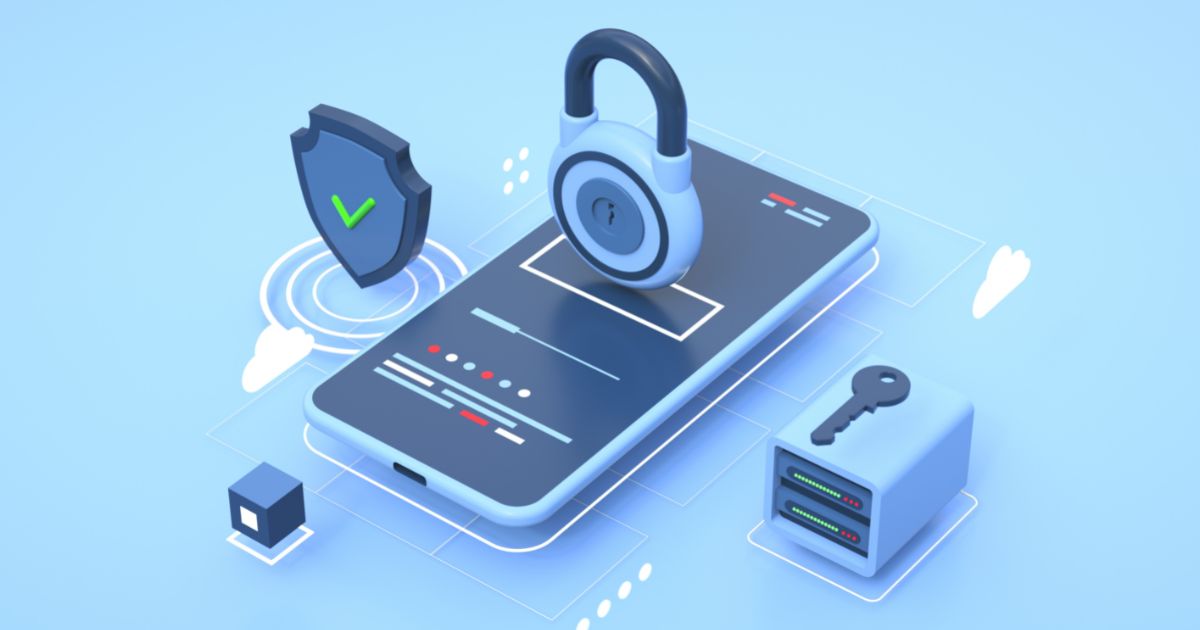- Who We Are
- What We Do
- Success Stories
- Careers
- News & Events
- Contact us

Cybersecurity is a set of processes, tools, and frameworks for protecting networks, devices, programs, and data from cyberattacks that aim to gain unauthorized access to systems, disrupt operations, alter, manipulate, or steal data, conduct corporate espionage, or extort money from victims.
Cyberattacks affect 1 in 3 Americans each year, with an attack occurring every 39 seconds. Such attacks often result in financial loss or reputational damage, damage to IT infrastructure, and fines from regulators.
Why do we need cybersecurity?
In 2021, cybercrime cost the world $6 trillion and by 2025, this will increase to $10.5 trillion. Cybercrime is an increasingly serious problem, and strong cybersecurity is critical to combat it.
Individuals, governments, commercial enterprises, non-profit organizations, and educational institutions are all at risk of cyberattacks and data breaches. Going forward, the number of attacks will increase as digital technologies evolve, the number of devices and users increases, global supply chains become more complex, and data becomes more important in the digital economy. Strong cybersecurity is essential to minimize the risk of attacks and protect your systems and data.
Implementation of cybersecurity
Important information such as credit card numbers, addresses, names, and telephone numbers, as well as large amounts of information related to user behavior, such as the content of e-mails and messages, and product purchase histories, are flowing as data on networks and may be leaked or misused by accident or malicious attack.
In addition, each user must be aware of the danger of some people and companies committing fraud by exploiting the fact that online auctions and flea market applications allow transactions without face-to-face contact.
Ids and passwords that prove your identity on the Internet can be illegally obtained through phishing scams, etc., and used by others.
Furthermore, disclosure of personally identifiable information has become a problem in personal Internet use. Opportunities for individuals to disseminate information using blogs and social networking services (SNS) are increasing but publishing one’s photos and contact information on the Internet also entails risks. Also, from the viewpoint of privacy protection, it is better to be cautious about disclosing other people’s information to places where anyone can see it, such as SNS and homepages on the Internet, even if permission is obtained in advance.
Conclusion
Cybercriminals are always looking for weaknesses in a company’s IT systems. To avoid becoming a victim of cyberattacks, organizations must deploy the right cybersecurity tools, updates, technologies, and personnel in accordance with their needs and capacities.
With the main focus on custom-software development, Informatics also specializes in infrastructure solutions and services through years of experience and knowledge in the industry. We gained a prominent position in the global IT sector, providing some of the most cutting-edge software and Infrastructure solutions with a local and international client list. Get in touch with us! Let us know how we can help.
Written by Hiran Wickramasinghe
